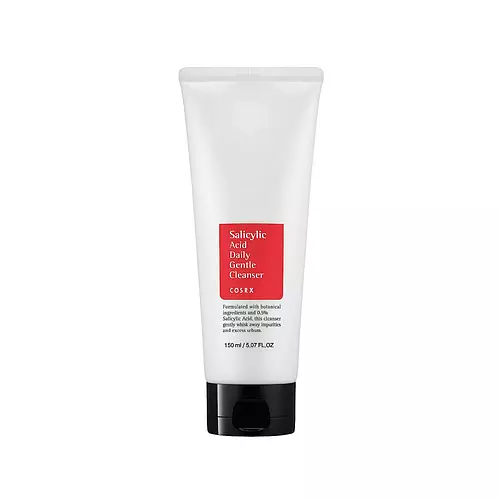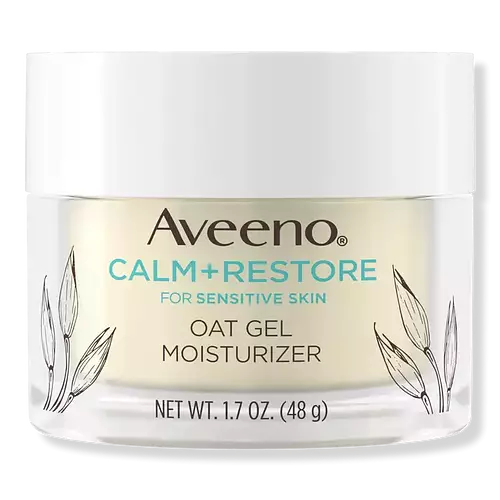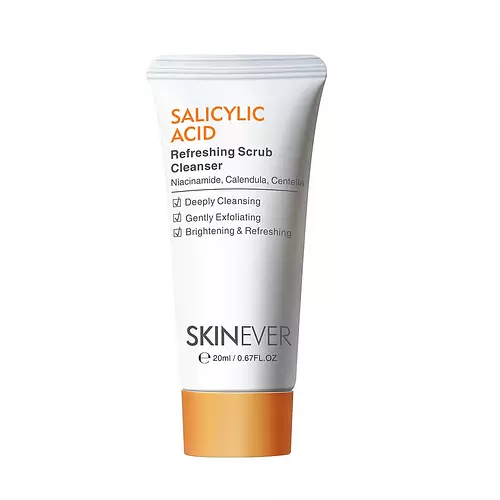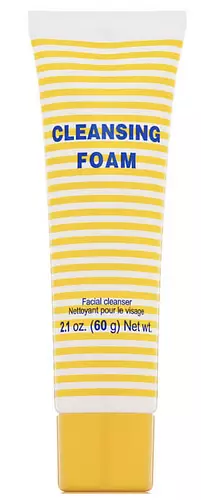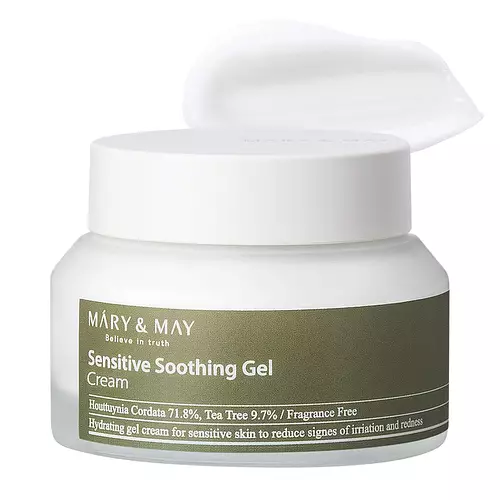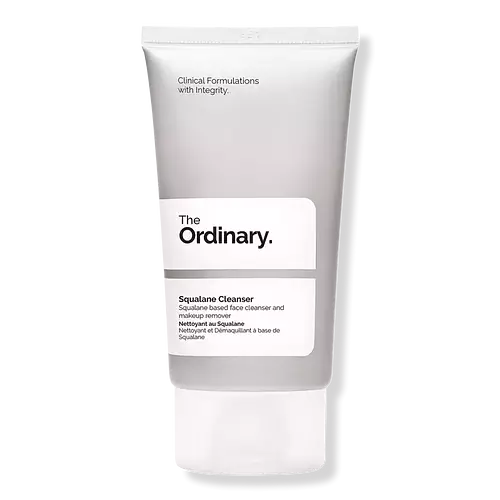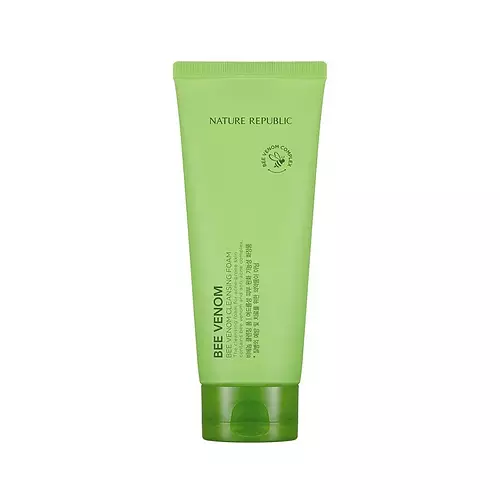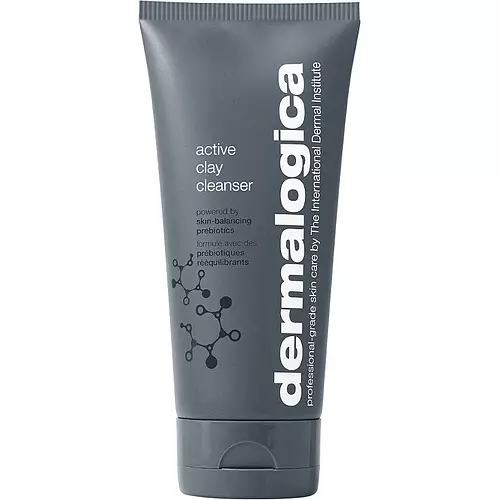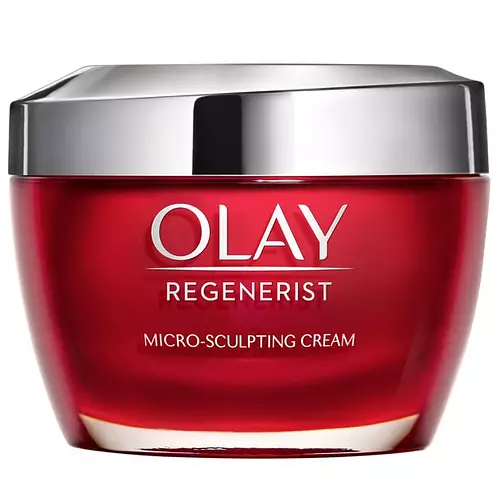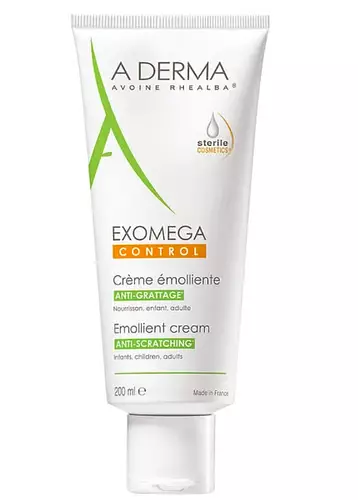COSRX Salicylic Acid Daily Gentle Cleanser Versus Aveeno Calm + Restore Oat Gel Moisturizer For Sensitive Skin
Updated on June 19, 2024
Overview
What they are
These products are both reef safe . They have a total of 4 ingredients in common
Suited For
They're both likely to be good for dry skin and brightening skin
Free From
They both do not contain any harsh alcohols, common allergens, parabens or sulfates
We independently verify ingredients, and our claims are backed by peer-reviewed research. Spot a product that needs an update? Let us know.
Ingredient Info
COSRX Salicylic Acid Daily Gentle Cleanser 23 ingredients
Aveeno Calm + Restore Oat Gel Moisturizer For Sensitive Skin 22 ingredients
At a glance
Click on any of the items below to learn more
COSRX Salicylic Acid Daily Gentle Cleanser 23 ingredients
Aveeno Calm + Restore Oat Gel Moisturizer For Sensitive Skin 22 ingredients
Notable Ingredients
This product contains 1 ingredient that may have this attribute:
Benefits
This product contains 1 ingredient that may have this attribute:
This product contains 1 ingredient that may have this attribute:
This product contains 1 ingredient that may have this attribute:
This product contains 1 ingredient that may have this attribute:
This product contains 1 ingredient that may have this attribute:
This product contains 2 ingredients that may have this attribute:
Concerns
This product contains 2 ingredients that may have this attribute:
This product contains 3 ingredients that may have this attribute:
This product contains 3 ingredients that may have this attribute:
This product contains 1 ingredient that may have this attribute:
This product contains 2 ingredients that may have this attribute:
This product contains 2 ingredients that may have this attribute:
Notable Ingredients
This product contains 2 ingredients that may have this attribute:
Benefits
This product contains 1 ingredient that may have this attribute:
This product contains 1 ingredient that may have this attribute:
This product contains 1 ingredient that may have this attribute:
Concerns
This product contains 1 ingredient that may have this attribute:
Ingredients Side-by-side
Ingredients Explained
These ingredients are found in both products.
Ingredients higher up in an ingredient list are typically present in a larger amount.
Water. It's the most common cosmetic ingredient of all. You'll usually see it at the top of ingredient lists, meaning that it makes up the largest part of the product.
So why is it so popular? Water most often acts as a solvent - this means that it helps dissolve other ingredients into the formulation.
You'll also recognize water as that liquid we all need to stay alive. If you see this, drink a glass of water. Stay hydrated!
Learn more about WaterEthylhexylglycerin (we can't pronounce this either) is commonly used as a preservative and skin softener. It is derived from glyceryl.
You might see Ethylhexylglycerin often paired with other preservatives such as phenoxyethanol. Ethylhexylglycerin has been found to increase the effectiveness of these other preservatives.
Glycerin is already naturally found in your skin. It helps moisturize and protect your skin.
A study from 2016 found glycerin to be more effective as a humectant than AHAs and hyaluronic acid.
As a humectant, it helps the skin stay hydrated by pulling moisture to your skin. The low molecular weight of glycerin allows it to pull moisture into the deeper layers of your skin.
Hydrated skin improves your skin barrier; Your skin barrier helps protect against irritants and bacteria.
Glycerin has also been found to have antimicrobial and antiviral properties. Due to these properties, glycerin is often used in wound and burn treatments.
In cosmetics, glycerin is usually derived from plants such as soybean or palm. However, it can also be sourced from animals, such as tallow or animal fat.
This ingredient is organic, colorless, odorless, and non-toxic.
Glycerin is the name for this ingredient in American English. British English uses Glycerol/Glycerine.
Learn more about GlycerinButylene Glycol (or BG) is used within cosmetic products for a few different reasons:
- It is a solvent, meaning that it helps to dissolve other ingredients. This also enhances the absorption of the product into one's skin.
- It is a humectant, which means that it helps attract moisture into the skin.
- It helps improve product application.
Overall, Butylene Glycol is a safe and well-rounded ingredient. It is unlikely to irritate skin, and works well with pretty much all other ingredients.
Ingredient Ratings
Here's what our community thinks of the ingredients in these products.
When to use
COSRX Salicylic Acid Daily Gentle Cleanser 23 ingredients
Aveeno Calm + Restore Oat Gel Moisturizer For Sensitive Skin 22 ingredients


Reviews
Here's what our community thinks
COSRX Salicylic Acid Daily Gentle Cleanser 23 ingredients
skinogre
I used to think it was good because of how it really goes DEEP into cleaning your skin, it feels like it’s been scraped out. It’s good if you...
I used to think it was good because of how it really goes DEEP into cleaning your skin, it feels like it’s been scraped out. It’s good if you haven’t washed your face in a week, other than that it’s really bad. And that’s coming from someone who has oily skin and uses Paula’s choice BHA every other day. There are so many better cleansing products than this, I highly advise getting the Etude house foam 6.5 whip cleaner instead and using an exfoliant alongside it. One thing I do like about this cleanser is its consistency, I always loved how it would squirt out but on the downside was it’s drying out of skin. It never “ruined” my skin per se, but there are a lot better products than this for daily cleansing. If you want your skin to feel EXTREMELY scraped of all oils and its essence, sure use this.
Aveeno Calm + Restore Oat Gel Moisturizer For Sensitive Skin 22 ingredients
Marimosa
Gave me congested skin & was too greasy.
I really wanted this product to work but it really congested my skin. It also was greasy I was expecting...
Gave me congested skin & was too greasy.
I really wanted this product to work but it really congested my skin. It also was greasy I was expecting it to really hydrate my skin but it didn't. it caused me more fungal acne as well.
115
Super soothing moisturiser
I needed to repair my damaged skin barrier when I began adapalene treatment for acne. This felt so soothing and I've...
Super soothing moisturiser
I needed to repair my damaged skin barrier when I began adapalene treatment for acne. This felt so soothing and I've kept it in ever since. It plays well on my dry and acne prone skin in my PM and AM routines, I feel it helps keep my skin calm and hydrated alongside adapalene and the other actives in my routine.
